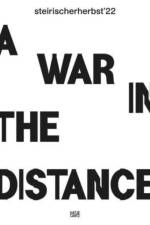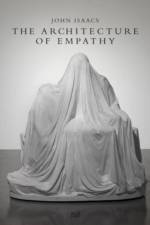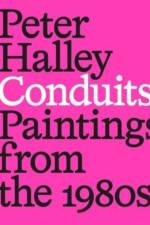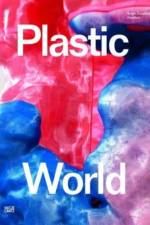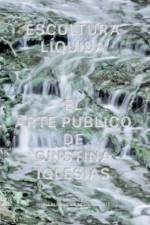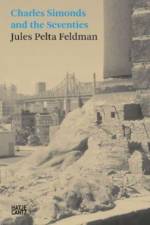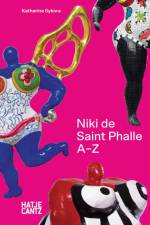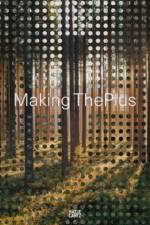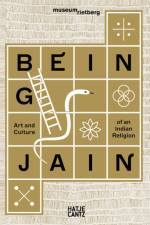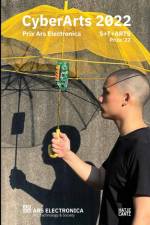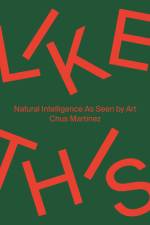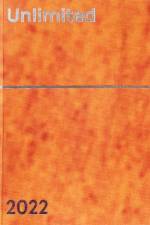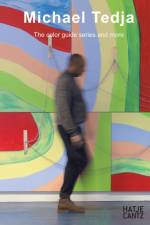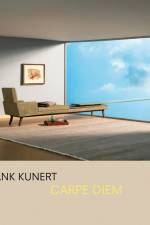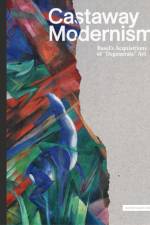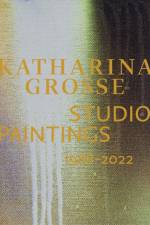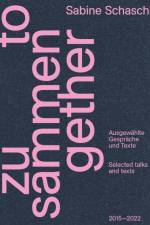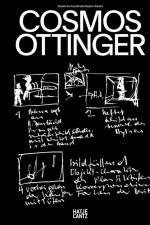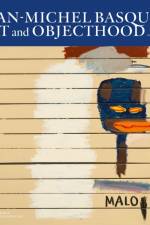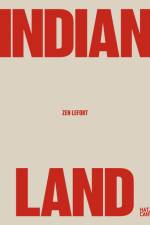345
Why are we creative? Why are we not? In The Dialectic of Creativity, Hermann Vaske explores these questions in conversations with Marina Abramovic, Vivienne Westwood, David Hockney, Georg Baselitz, Björk, Jeff Koons, Zaha Hadid, Christo, Yoko Ono, Oliviero Toscani, Damien Hirst, Jim Jarmusch, Shirin Neshat, David Bowie, and many more of the most influential creatives of our time, identifying the stimuli as well as the beta blockers, the killers of creativity: Spirituality, sex, money, fear, nurture, ambition versus censorship, self-censorship, bureaucracy, compromise, distraction, gatekeepers. Often it is those very blockages, the threats to creativity that allow it to thrive. A dialectical synthesis of opposites. Today, as we are facing an existential threat to our planet, it is time to come up with new ideas, more creative than ever. The Dialectic of Creativity explores all facets of creativity-artistic, intellectual, philosophical, and scientific. It is accompanied by a film trilogy and an exhibition.HERMANN VASKE (*1956) is a director, writer and producer. As a director, he worked with stars such as Dennis Hopper, Harvey Keitel and John Cleese. For more than 30 years, he has asked many of the world's leading creatives: "Why are you creative?" As they all added an artifact to their answer, Vaske turned his quest into a film trilogy accompanied by an exhibition. His films were shown at the Venice, Cannes, Toronto, and Palm Springs festivals and won numerous awards.


